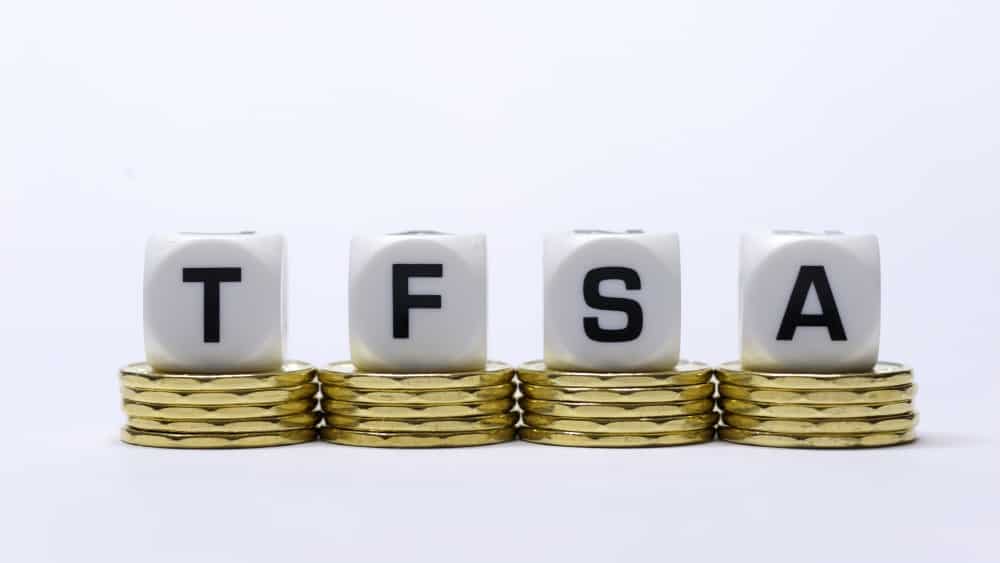If you’re making big passive income from your investments in your non-registered accounts, you’ll have to hand over a chunk to the Canada Revenue Agency. That’s why the Tax-Free Savings Account (TFSA) is a wonderful place to place to stash your highest-yielding investments (like REITs) if you’re one of many Canadians who seek to give themselves a fat raise.
I realize that tax-smart investing and efficient allocation of investments isn’t the most exciting topic in the world. But it can make a world of difference over the long run. So, investors should seek to educate themselves on optimizing their capital allocation to minimize amounts owed to the Canada Revenue Agency.
In this piece, we’ll have a look at the TFSA through the eyes of a passive income investor who depends on their monthly (or quarterly) passive income payments to support their lifestyle over the near-term. If you regularly contributed to the TFSA while using the proceeds to invest in common stock or REITs systematically, then you may have already reached the sought-after six-figure milestone with your TFSA.
Let’s assume that you’ve grown your TFSA to be worth $150,000 through many years of disciplined contributions and smart investments. With such an amount, you have the power to produce a tax-free income stream that’s worth around $12,000.
To score such an amount, you’ll need to average an 8% yield, which, while stretching it, isn’t necessarily reckless, although most folks who subscribe to the 4% rule, a rule of thumb that suggests your portfolio should average a 4% yield in retirement to avoid, would argue otherwise.
TFSA 101: CRA can’t tax your income stream, even if you raise the yield bar
The 4% rule, which can protect investors from dividend cuts, excessive losses, and other negatives that come with the pursuit of chasing yield, may be right for some investors. Still, I don’t think it’s a great one size fits all type of rule, especially for younger Canadians who’ve opted to hang up the skates from the labour force earlier than 50.
You see, the 4% rule doesn’t account for the type of market environment (after a crash, the yield bar tends to be raised, even with dividend cuts factored in).
A 6% yielder, which may be viewed as risky in a normal environment, can be safer than it seems in today’s pandemic-plagued environment. Just take BCE, a Canadian telecom with a well-covered payout that’s seen its dividend yield swell amid coronavirus-induced pressures on its stock. Given the likelihood that BCE’s operating cash flows will revert in a post-pandemic environment, I view BCE’s dividend as far safer than many other firms that sport yields of 4%.
Can the same be said of some of the 8% yielders today?
Enbridge (TSX:ENB)(NYSE:ENB), which saw its yield surpass the 8% mark at its worst, now sports a 7.7% yield following November’s big vaccine-driven rally. The name, I believe, serves as a prime example of a near-8%-yielder with a payout that’s safer than it would appear at the surface level.
Enbridge has one of the most shareholder-friendly management teams out there has already shown that it’s more than willing to swim to great lengths to keep its dividend commitment to investors. The former market darling has endured profound challenges. Despite this, the company pulled some levers to relieve financial pressures and keep its dividend in good standing.
While selling assets or using debt to fuel dividends is not the formula for a sustainable dividend over the long run, I do think it makes more sense for a name like Enbridge, which have catalysts (such as the Line 3 Replacement project) that can relieve financial pressures in the near future.
Foolish takeaway
In today’s pandemic-plagued market, it is possible to raise one’s yield without necessarily punching one’s ticket to the front-row seat of a dividend cut announcement. But should you defy the 4% rule by averaging an 8% yield with names like Enbridge?
That ultimately depends on your risk tolerance. While Enbridge (and many other near-8%-yielders) are more than investible, I personally wouldn’t seek to average an 8% yield with a TFSA and would urge investors to pay a bit less emphasis on the magnitude of a yield and more on the longer-term growth and resilience prospects of the dividend itself.










